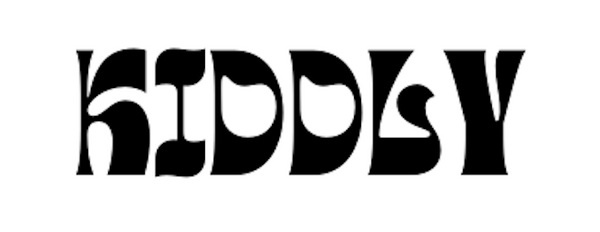Instructions - Forward carry: inwards
Share
Forward Carrying - Inward Facing
Suitable from newborn | 3.2kg - approximately 2 years | 16kg.
Important: Make sure the baby seat is adjusted to the correct width for your child's size. This can be done using the velcro at the bottom of the waistband. 
1. Position the waistband so that the panel is centered at the front of your body.
2. Before starting, make sure the shoulder straps are fully adjusted and the buckles are loose. Lift the carrier by placing the right shoulder strap on your right shoulder.
3. Pull the right shoulder strap across your back.
4. Insert the buckle on the right shoulder strap into the buckle on the left side of the panel until it clicks.

5. Lift your baby and position him or her with your left hand so that he or she is facing inward, while with your other hand you slide your child's leg between the panel and your body.
6. Use your right hand to support your child, while using your other hand, pull your child's right leg under the strap that is already in the buckle on the side of the panel.
7. Tighten the left shoulder strap, pulling the panel up behind your child's back and over your left shoulder.
8. Pull the left shoulder strap across your back and fasten it with the buckle.

9. Tighten both side straps at the same time. Make sure your baby is comfortable and not too tight against your body. Leave enough room for your child's head to move.
10. Make sure your child's bottom is deep in the carrier's panel, just above the waistband. Baby should be in the "M" position.
"M" Position
The “M” position is the ergonomically correct position. 
Safe Carrying: 5 Essential Checks
1. Tight and safe
The carrier should fit snugly and support your baby properly, without being too loose or too tight. Tighten the straps to prevent your baby from slipping down, which could obstruct their breathing.
2. In view at all times
You should always be able to see your baby’s face by simply looking down. Do not fasten the carrier so tightly that you need to open it to check your baby’s face.
3. Close enough to kiss
Your baby’s head should be as close to your chin as comfortably possible. This can be achieved by positioning the carrier high on your natural waist. You should be able to kiss your baby’s head or forehead easily.
4. Keep chin off chest
Your baby should never be curled so that their chin is pressed against their chest, as this can obstruct their airways. Ensure there is always at least one finger's width of space under the chin.
5. Supported back
In all positions, your baby’s back must be supported in a natural C-curve, without slouching or bending, and without too much space between the baby and the carrier.
⚠️ Warning! Be aware of suffocation risk.
Babies younger than 4 months can suffocate in this product if their face is pressed tightly against your body. Please ensure the following:
- Not too tight: Make sure there is enough room for free breathing.
- Head free: Your baby should be able to move their head.
- Face visible: The nose and mouth must not be covered.
⚠️ Does your baby not meet these conditions?
If your baby does not meet these requirements, they may be too small or not ready to be carried in this carrier. Wait until your baby is large enough or consult a babywearing consultant for advice.

